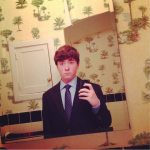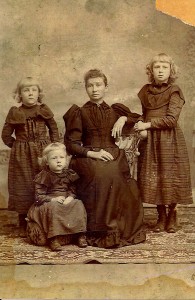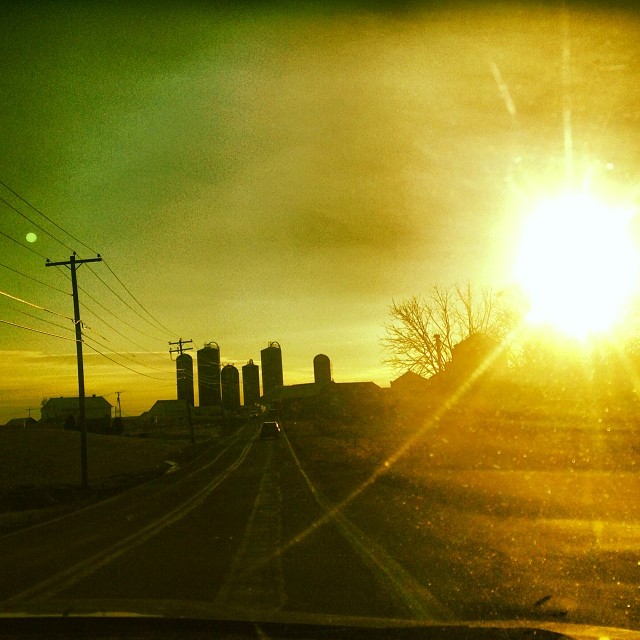Toby Altman, Series Contributor
Toby’s series “Bodies in Space” is about sustained thinking of the physicality of the body and its relation to poetry. Here, critical essay fractures, moves like poetry.
At the end of his recent article in Poetry, Slavoj Žižek proclaims, “The most elementary form of torturing one’s language is called poetry.” Ok, so poetry is a form of political violence in and against language—this is an old and storied avant-garde conceit. The novelty of Žižek’s account lies in the relation it posits between language and subjectivity. Language, he argues, following Lacan, is the “torture house of being,” a scene of sustained political violence against the self. Poetry merely returns the violence of language to itself. Or, more precisely, it reverses the roles: the tortured subject of language becomes language’s torturer. This is, needless to say, a bleak view: here the economy of political violence is total. Poetry does not offer a way out; it provides an opportunity to reverse the vector of violence. An empty alternative: the possibility of such easy alternation dissolves what might otherwise be an ethical and structural distinction between torturer and tortured. For Žižek, they are one position: to inflict violence is already to be its object.
However, Žižek’s closing proclamation is itself amputated; as a commenter on the Poetry Foundation’s website points out, much the same language appears in Žižek’s monumental exegesis of Hegel, Less Than Zero: “The most elementary form of torturing one’s language is called poetry—think of what a complex form like a sonnet does to language: it forces the free flow of speech into a Procrustean bed of fixed forms of rhythm and rhyme.” Žižek’s habit of repeating himself—particularly his jokes—is well known. The repetition of these quips and stock phrases tends to naturalize them, leveling their humor and their eruptive, disruptive, force. Procrustes seems to have suffered such a fate, a casualty of repetition. (He’s been “disappeared,” as Žižek would have it).
In the myth, Procrustes—who lives in a castle on the sacred road between Athens and Eleusis—offers shelter to passing pilgrims, and then stretches or shortens their bodies to fit an iron bed. He is eventually subdued by Theseus, who punishes him by “fitting” him to his own bed—a Žižekean conclusion, in which torturer becomes the tortured. The myth has become a stalwart of debates in poetics, so much so that we might think of a Procrustean tradition. For instance, it appears in William Drummond’s Conversations with Ben Johnson and in Thomas Campion’s attack on rhyme in Observations in the Art of English Poesie:
…there is yet another fault in Rime altogether intolerable, which is, that it inforceth a man oftentimes to abiure his matter, and extend a short conceit beyond all bounds of arte: for in Quatorzens me thinks the Poet handles his subiet as tyrannically as Procrustes the thiefe his prisoners, whom when he had taken, he vsed to cast vpon a bed, which if they were too short to fill, he would stretch the longer, if too long, he would cut them shorter. [as originally appeared in Early Modern spelling]
Campion has roughly reversed Žižek’s position: the torturous violence inflicted by rhyme is not an occasion for celebration, but rather an impingement on the poet’s liberty as an Englishman. This is again a false and fleeting difference: beneath their disagreement, Campion and Žižek agree that form is political violence, inflicted on the body of the poem.
The hinge upon which a Procrustean poetics hangs, however, is the metaphorical conflation of body and poem. For the metaphor to work, the poem needs to have a body that can be violently stretched or shortened. More: that body must precede the poem’s encounter with Procrustes and his tyrannical violence. Torture is not a form of productive power: it requires, structurally, a preexisting body which it can threaten with irreversible pain transformation. And here the metaphor begins to break apart. Poetic form is generative and productive. As the new critics taught us, the poem is not separable from its form—nor can it be said to precede it. If form is a kind of political violence exerted against the body of the poem, then it also produces the body it acts on. Pace Kafka, form is an instrument which produces the body (of the poem) by writing on it.
Procrustean poetics thus relies on a projected before: the fantasy of a body which precedes form and is, in a sense, the reality of the poem. In other words, it produces (and it relies on) a distinction between form and content. And this entails a further distinction between ordinary language and form. Recall Žižek’s formulation: “think of what a complex form like a sonnet does to language.” Form acts on language, transforming it into something other than itself—and language precedes form as an organic totality, the natural and unimpeded body which is violently interrupted by meter and rhyme. Language becomes the metaphysical presence which underwrites the poem’s absence. Žižek tries to avoid this position by equating language and violence—a move which, as we’ve seen, tends to erase the distinction between language’s action on the subject, and the subject’s action on language in poetry. This suggestion seems to me the most productive in Žižek’s brief and equivocal essay. If we are to think about poetry as a kind of violence, we will have to rethink form itself. It can no longer be the fence which separates poetry from other kinds of discourse. It must instead betray that difference, inciting us to imagine poetry as a separate and protected sphere, and then disappointing the desire that it has itself created. It’s easy to imagine how this argument applies to texts in the modernist tradition—texts which ostentatiously betray their own formal limits. But these betrayals involve a set of assumptions about traditional forms: that they need to be broken open, dismissed, discarded. That, in other words, their machinery protects poetry from generic rupture and ensures its difference from ordinary language. In this centennial year of Anglo-American modernism, it might be profitable to interrogate this foundational conceit. Can we conceive of traditional forms as themselves as a false and porous fence between poetry and its other?
≅
Toby Altman is a conceptual poet. His poems have appeared. He is the author of and the recipient of. He currently lives in, where he works as and serves on the editorial board for. For more of his, please visit his and follow him on.




